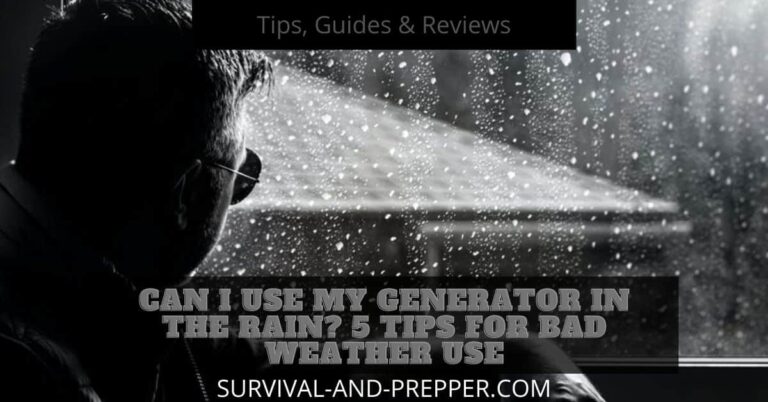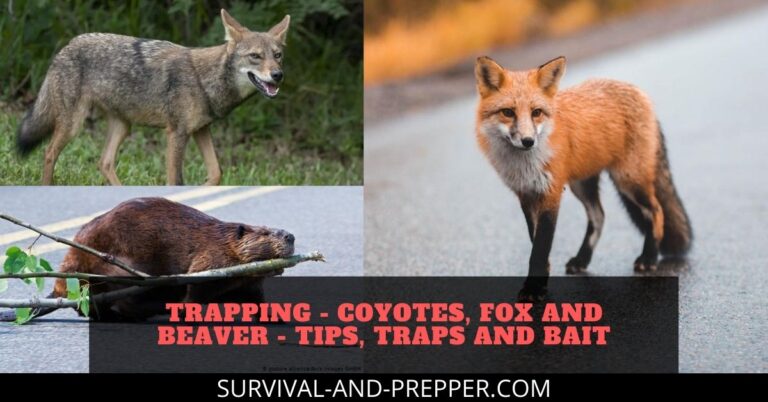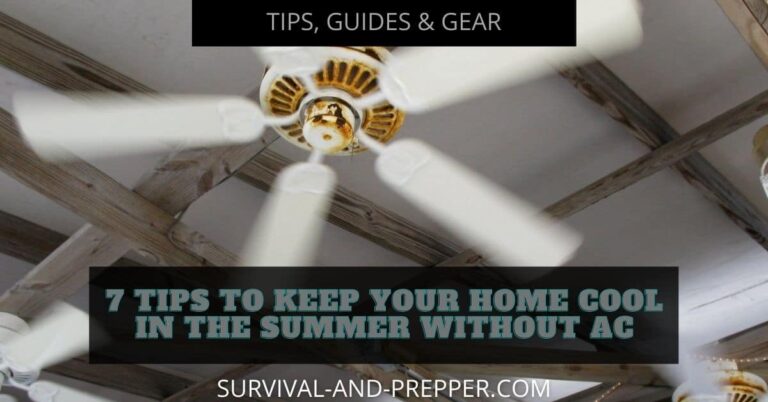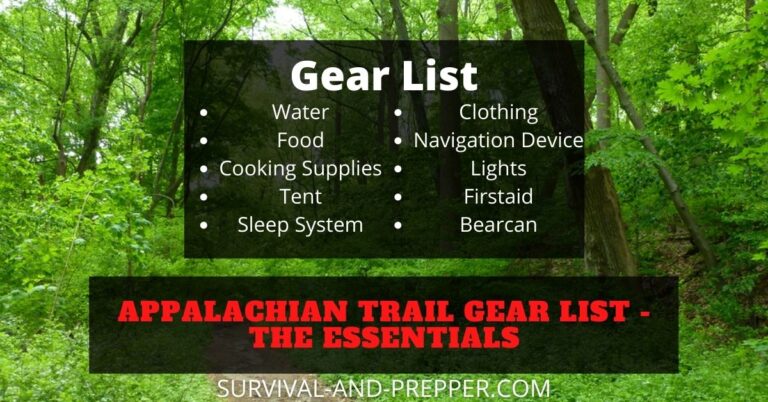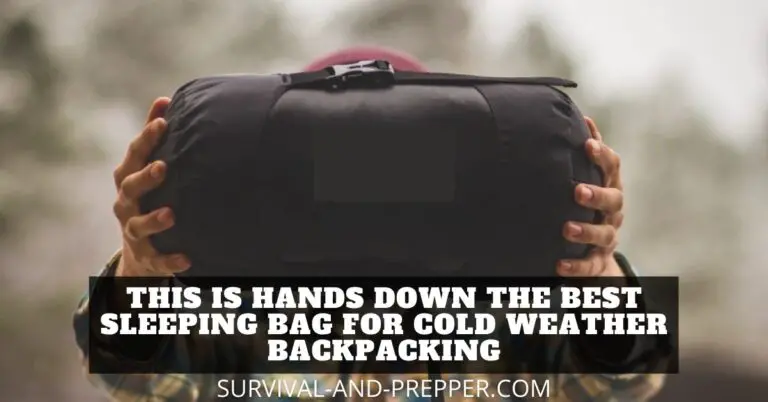Mastering Campfire Safety: Essential Tips from the Boy Scouts of America and Army Field Manuals
Campfires are a major component for many people enjoying the outdoors, by following a few simple steps and making sure you have the appropriate equipment on hand you can enjoy the benefits of a campfire in a safe manner that helps prevent injuries and potential destruction of property.
Table of Contents
Campfire Safety Equipment
When it comes to campfire safety, having the right equipment is essential to ensure a safe and enjoyable experience. The Boy Scouts of America and Army Field Manuals emphasize the importance of being well-prepared with the following safety equipment:
Fire Extinguishers:
If possible keep a portable fire extinguisher within reach of the campfire site. Select a multipurpose extinguisher suitable for combating different types of fires, such as those caused by wood, flammable liquids, or electrical equipment. Familiarize yourself with its proper usage and maintenance.
Fire-Resistant Gloves:
Invest in a pair of fire-resistant gloves to protect your hands from burns when handling firewood, adjusting logs, or managing the campfire. Choose gloves made from durable, heat-resistant materials like leather or Kevlar.
Buckets of Water:
Keep several buckets of water nearby as a precautionary measure in case the fire gets out of control or needs to be extinguished quickly. These can also be used to douse any leftover embers thoroughly before leaving the site.
Fire Blankets:
Consider carrying a fire blanket specifically designed for campfire safety. Fire blankets are highly effective for smothering small campfire flare-ups or wrapping around a person in case a clothing fire accident occurs.
It is vital to familiarize yourself with the proper usage and maintenance of these safety items. Ensure everyone in your camping group knows where these tools are located and how to use them correctly in case of an emergency.
Fire Safety Rules and Practices
To ensure a safe and responsible campfire experience, it is crucial to adhere to specific fire safety rules and practices as prescribed by the Boy Scouts of America and Army Field Manuals. By following these guidelines, you can minimize the risk of accidents and harm to both yourself and the surrounding environment. Here are some key fire safety rules and practices to keep in mind:
Maintain a Safe Distance:
Always maintain a safe distance from the campfire. The recommended distance is at least three to five feet, depending on the intensity of the fire, to prevent accidental contact, burns, and personal injury.
Avoid Accelerants:
Never use accelerants like gasoline or lighter fluid to start or boost the fire. These substances can cause uncontrollable flare-ups or explosions, posing a serious risk to everyone around the campfire.
Establish a Designated Fire Observer:
In a group camping scenario, assign a responsible person as the designated fire observer. Their role is to monitor the fire constantly and ensure that everyone adheres to fire safety rules. The fire observer should be equipped with a whistle or another alerting device to call attention to any potential safety concerns.
Responsible Fire Etiquette:
Teach everyone in your camping group the importance of responsible fire etiquette. This includes not leaving the campfire unattended, not throwing trash or non-burnable materials into the fire, and not using the fire for waste disposal. Encourage a clean and tidy campsite to prevent accidental fires and reduce the risk of fires spreading.
By following these fire safety rules and practices, you can create a safe and enjoyable campfire experience for everyone while minimizing the impact on the environment.
Fire Preparation and Setup
Before lighting a campfire, proper fire preparation and setup play a crucial role in ensuring safety. The Boy Scouts of America emphasize the following key considerations:
Selecting a Suitable Campfire Site:
Choose a location that is away from overhanging branches, dry grass, or any other combustible materials.
Look for clear space around the fire area, with no low-hanging tree limbs or other obstructions. This helps prevent accidental fires from spreading.
Preparing the Surrounding Area:
Clear the area around the fire site by removing any leaves, grass, or debris that could ignite.
Dig a small pit. You can surround it with rocks to create a fire ring. This helps contain the fire and reduces the risk of it spreading beyond the designated area.
Note: Do not use rocks that may be soaked through such as those submerged along a river bank. These could heat up and the trapped moisture cause the rocks to explode.
Ventilation and Clearance:
Ensure proper ventilation around the campfire by allowing adequate space for proper air circulation.
Maintain sufficient clearance between the fire and any tents, sleeping bags, or other camping gear to prevent accidental contact.
Fire Building Techniques
Building a campfire correctly is crucial for both safety and successful fire management. There are various proven fire building techniques. Here are a few popular methods:
Teepee Method:
Start by placing some dry kindling in the center of the fire pit. Gradually build a teepee or cone shape around the kindling using progressively larger sticks or branches.
Leave a small opening or door in the teepee structure through which you can later add more firewood. Once built, carefully light the kindling from the bottom, and the teepee structure will help the fire grow and spread.
Log Cabin Method:
Begin by placing two larger logs parallel to each other, leaving a small gap between them. Then, place two additional logs perpendicular on top of the base logs.
Continue alternating the direction of the logs, building a square or rectangular log cabin structure. The openings between the logs allow airflow, and the structure provides stability as the fire burns.
Pyramid Method:
This method involves stacking small to medium kindling in a pyramid shape around a small pile of tinder placed in the center. Once the pyramid is built, carefully light the tinder, and the fire will spread upwards through the kindling gradually.
Fire Management and Maintenance
Proper fire management and maintenance are critical to ensure a safe and controlled campfire experience. Here are some important tips:
Adjusting Fire Size: Depending on your needs and the conditions, you may need to adjust the size of the fire. Carefully add or remove firewood to keep the fire at a manageable and safe level.
Managing Embers and Sparks: Campfires often produce sparks and embers that can be carried by the wind and potentially ignite surrounding vegetation. Use a fire screen or fire-resistant barrier to help contain sparks and embers within the fire pit.
Extinguishing the Fire: Always ensure the campfire is completely extinguished before leaving the site or going to sleep. Use water from the buckets you prepared earlier to douse the fire, stirring the embers and ashes until they are cold to the touch. Never leave a smoldering fire unattended.
Conclusion:
Campfires are an integral part of outdoor experiences, providing warmth, ambiance, and a place for gathering. However, it is vital to prioritize campfire safety to prevent accidents, injuries, and wildfires that could harm both humans and the environment.
By following the essential tips and recommendations from trusted sources like the Boy Scouts of America and Army Field Manuals, you can ensure a safe and enjoyable campfire experience for all. Remember, preparation, responsible practices, and the right equipment are the keys to mastering campfire safety.
